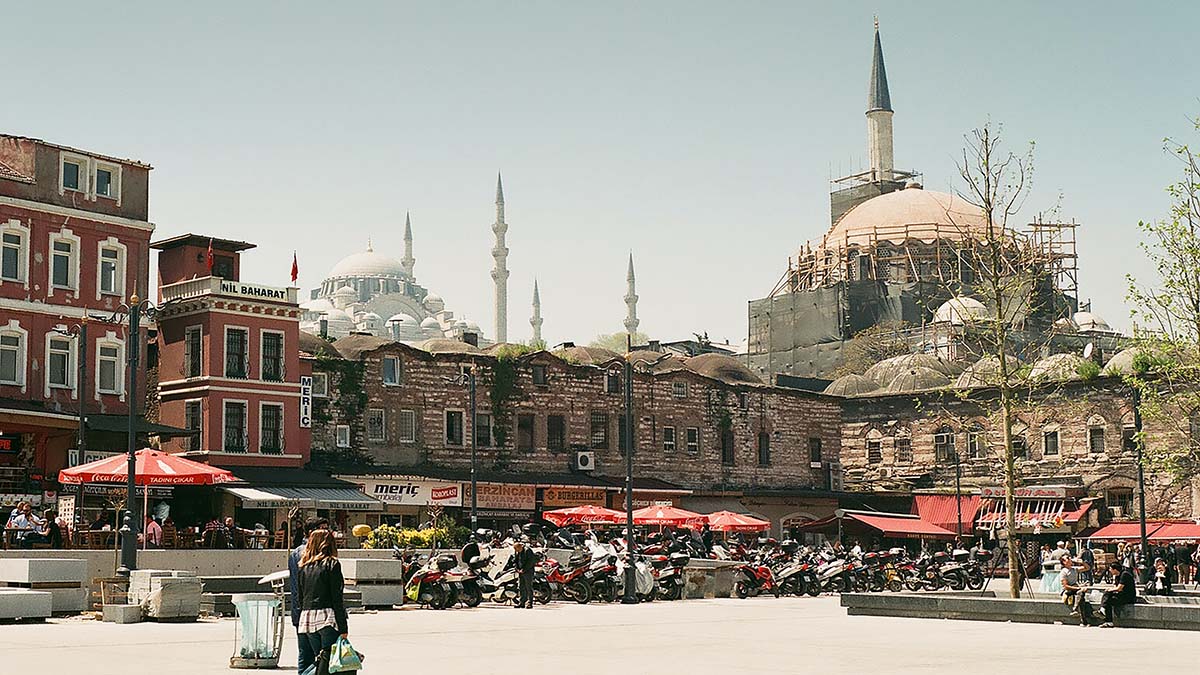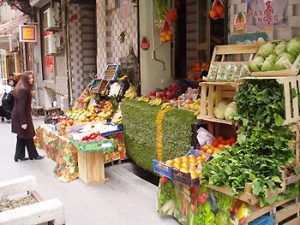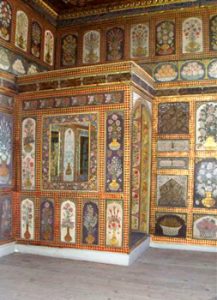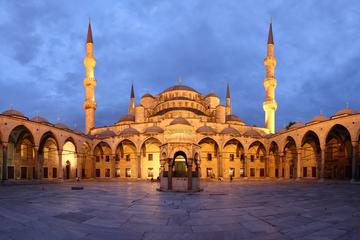If cities could narrate stories, Istanbul would be an epic. This city has been more than a mere travel destination for travellers and pilgrims for centuries. As the city stands between two continents, it has been nothing short of a living museum of human civilisation.
Every corner of Istanbul tells stories of culture, empires, and conquests, from Byzantine basilicas to Ottoman palaces. So, whether you are a history lover or a mere curious wanderer, you will find your Istanbul journey thrilling and enlightening.
Read on to get a better idea of why you must visit Istanbul—and what to expect.
What Makes Istanbul Unique? – Reasons to Visit
1. It Is a City with a History of Different Eras
Istanbul has a history that dates back more than 2500 years. Earlier, it was known as Byzantium (capital of the Byzantine Empire). Then, it transformed into Constantinople under the Romans. Later, the Ottomans changed the city’s name to Istanbul.
After you visit the city, you will find a mark of all eras. In fact, the city is nothing short of a palimpsest.
In Istanbul, two structures in the Sultanahmet district speak of the dual heritage of the city:
- The Hagia Sophia: This structure served as a church, mosque, and museum for centuries. The most obvious attractions include the massive dome and the intricate mosaics, which tell a lot about Byzantine ingenuity.
- The Blue Mosque: It stands just across the Hagia Sophia. In this case, the six minarets and cascading domes showcase the best of Ottoman design.
2. Experience Hustle and History at The Grand Bazaar
As you enter the Grand Bazaar, you will experience how old commerce has operated in Istanbul (since the 15th century). It is one of the oldest and largest markets in the world. Overall, the bazaar is a history-lover’s paradise.
More than 4,000 shops are in the area—you will find almost everything. Check out some handwoven carpets and glittering jewellery in the bazaar. Interestingly, the bazaar is like a game of blackjack—with a mix of luck and strategy, you will strike the right deal.
Also, expect to bargain for the right price in some shops.
3. Visit the Bosphorus Strait to Get a Taste of Both Europe and Asia
The Bosphorus Strait is not merely a water body. Rather, it is the line that divides Europe and Asia, and it is one of Istanbul’s unique symbols.
After you visit the place, take a cruise along the Bosphorus. Here, you will explore many palaces and fortresses.
Also, do not miss out on the wooden mansions called “yalis.” Primarily, these are waterfront homes that date back to the 18th century. They reflect the Ottoman aristocracy better than anything.
Also, check out the Rumeli Fortress built by Sultan Mehmed II.
4. Travel Through Time to Experience Istanbul’s Culinary
As you taste authentic Turkish cuisine in Istanbul, you will find a mix of its diverse past. Some popular dishes include the following:
- The simit (a sesame-crusted bread ring): These are generally sold by street vendors.
- Lamb kebabs and Mezes: These are served in the traditional meyhanes (taverns).
- Hünkar beğendi (sultan’s delight) and Baklava: These dishes are inspired by Persian and Mediterranean cuisine.
Apart from that, do not miss out on the Turkish coffee. The famous Turkish brew has been a local staple since the 16th century. Those coffee shops were intellectual corners for centuries in the Ottoman Empire.
5. There Are Multiple Hidden Gems in Forgotten Corners
The best thing about Istanbul is that there are countless hidden gems and treasures. The following are some underrated areas that you must not miss out on:
- The Chora Church is famous for its stunning mosaics and frescoes. This way, you will get a glimpse of Byzantine art.
- The Basilica Cistern is primarily an underground reservoir. Also, it dates back to the 6th century.
- Balat was home to ancient Greek, Jewish, and Armenian communities. Now, you will find many art galleries and vintage shops in the area.
Visit Istanbul Now!
If you are a traveller and a history buff at the same time, Istanbul is obviously on your list of must-visit places. Despite its vast history, Istanbul never feels overwhelming. Also, the best thing about exploring the city is that you will not feel tired while exploring the city. Apart from that, it has a rich and welcoming culture.
Hence, if you want to visit Istanbul, all you need is a good pair of walking shoes and a bag full of curiosity. This will open your portal to medieval history.
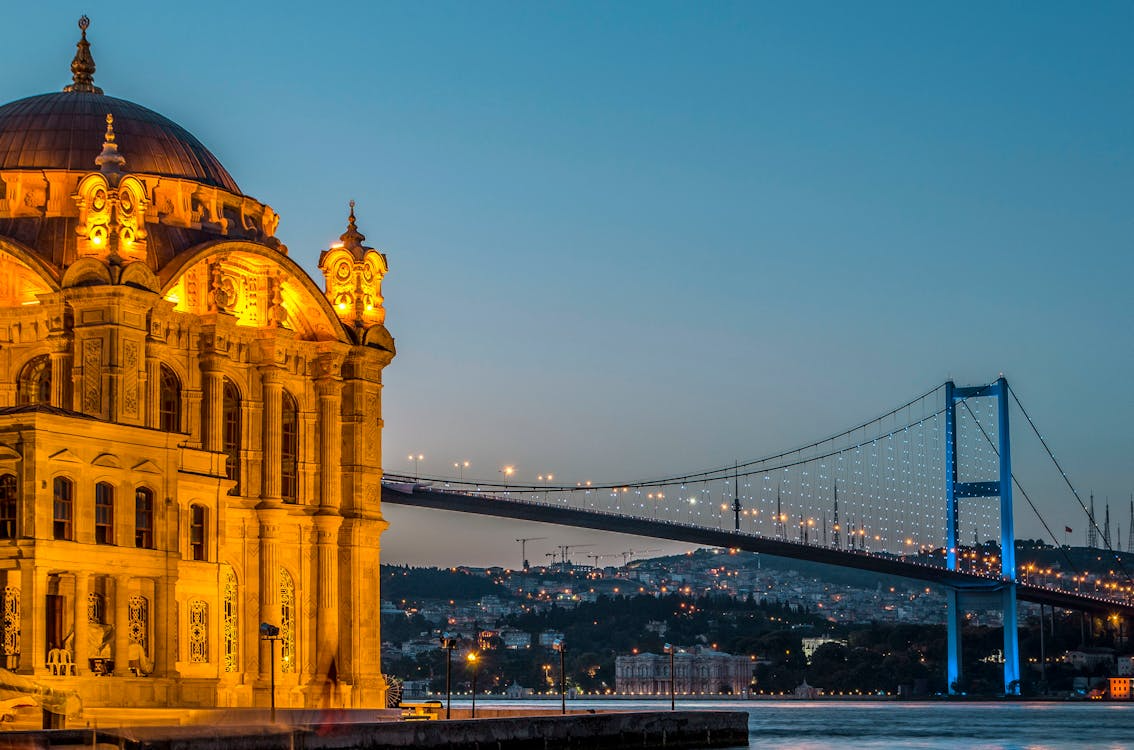
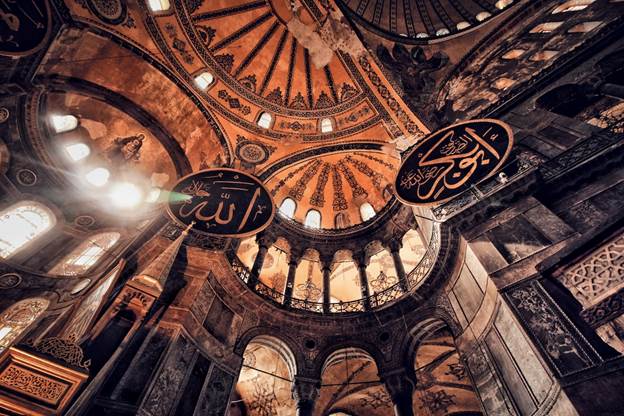







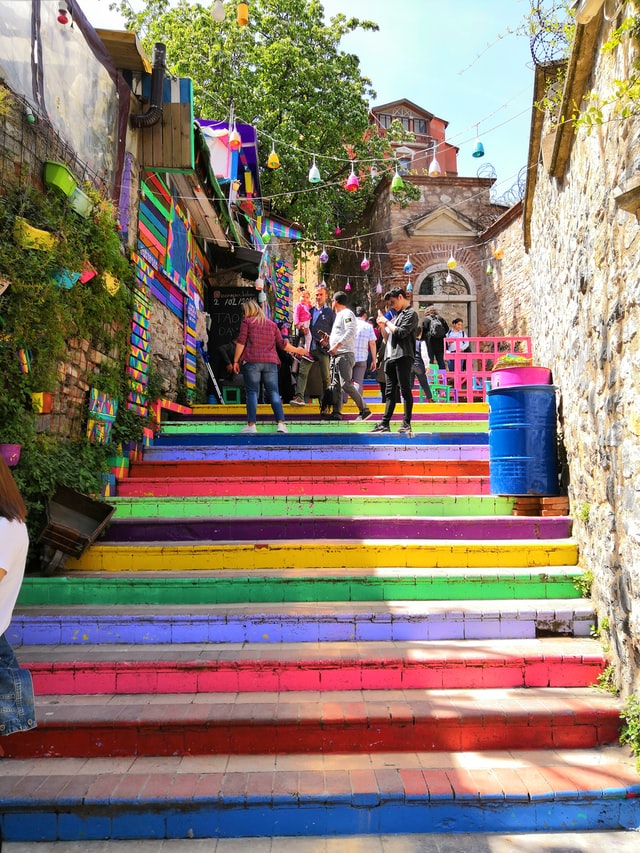
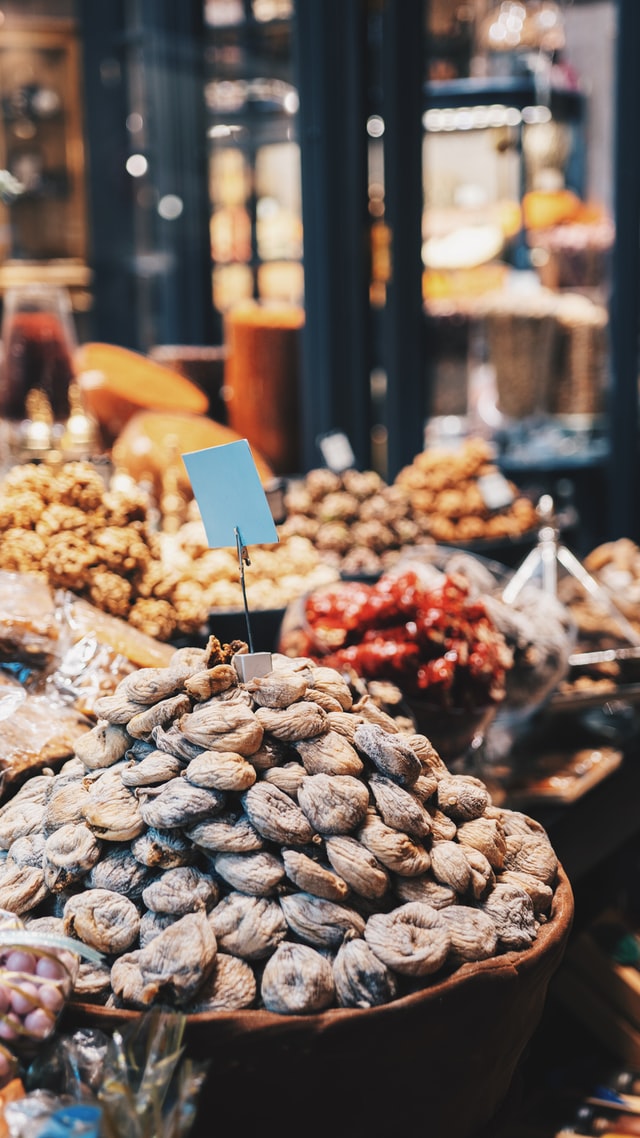

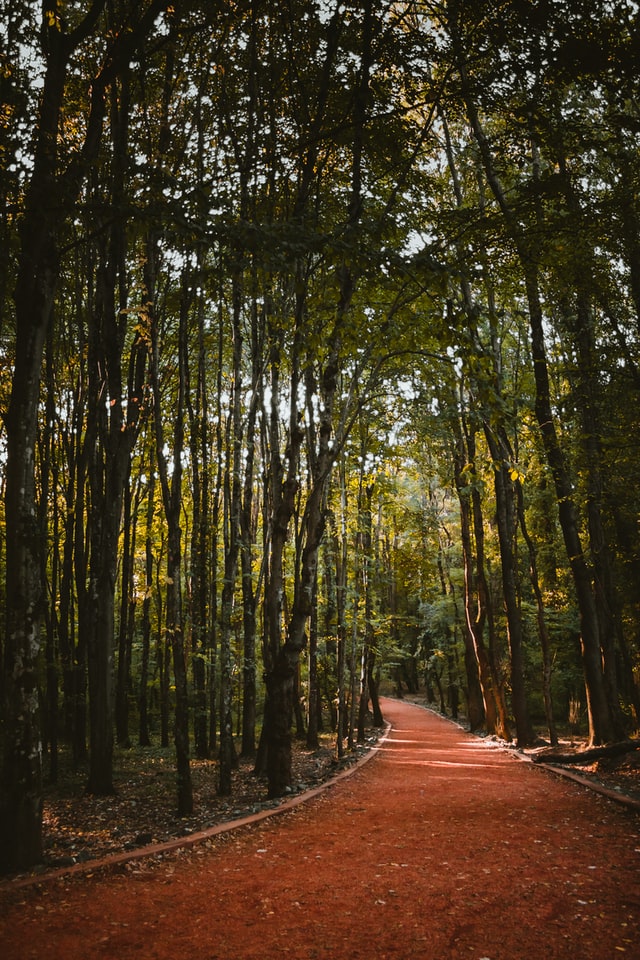
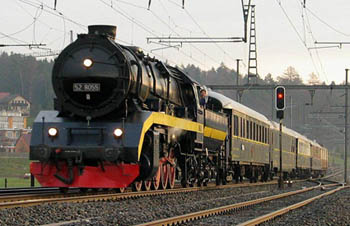
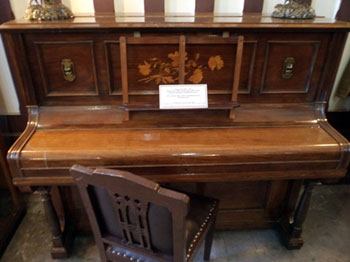 Composed of sleepers, a dining car and a baggage car, the train featured Lalique chandeliers, a piano and the finest crockery and cutlery. The maiden journey started on October 10th 1882 in Paris and reached Istanbul the next day. The menu consisted of no less than seven courses, oysters and turbot in green sauce included, not to mention fine wines and champagne. In 1977 the train ceased to have Istanbul as its final destination and in 2009 the Orient Express disappeared entirely from the time tables. Several other routes continue though and twice a year the historical trip is repeated, at a very stiff price!
Composed of sleepers, a dining car and a baggage car, the train featured Lalique chandeliers, a piano and the finest crockery and cutlery. The maiden journey started on October 10th 1882 in Paris and reached Istanbul the next day. The menu consisted of no less than seven courses, oysters and turbot in green sauce included, not to mention fine wines and champagne. In 1977 the train ceased to have Istanbul as its final destination and in 2009 the Orient Express disappeared entirely from the time tables. Several other routes continue though and twice a year the historical trip is repeated, at a very stiff price!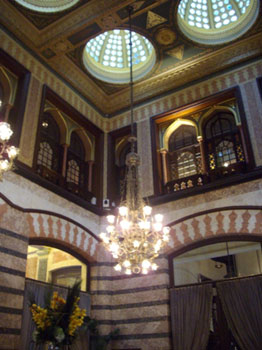 The pink and white structure of the railway station is located in Eminönü on the shores of the Bosporus. Designed by German architect August Jachmund, it’s the best example of European Orientalism, combining elements of Ottoman architecture with modern amenities such as gas and later electric lighting and heating in winter.
The pink and white structure of the railway station is located in Eminönü on the shores of the Bosporus. Designed by German architect August Jachmund, it’s the best example of European Orientalism, combining elements of Ottoman architecture with modern amenities such as gas and later electric lighting and heating in winter.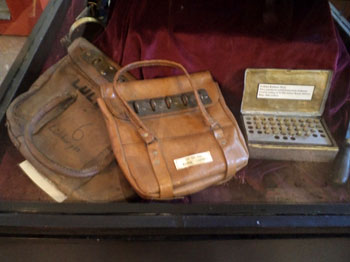 It’s only one room, but the museum documents the history of the Orient Express and the train station in detail. Old log books are displayed as are conductors’ uniforms, the piano, a table laid with the original cutlery and crockery, tickets and many more memorabilia. Photographs adorn the walls and examples of the technology of the time are on display too. I loved the newspaper clipping of when the train got stuck in a snow storm in Bulgaria, very reminiscent of the plot of Agatha’s novel. Admission is free and you are allowed to take as many photographs as you want.
It’s only one room, but the museum documents the history of the Orient Express and the train station in detail. Old log books are displayed as are conductors’ uniforms, the piano, a table laid with the original cutlery and crockery, tickets and many more memorabilia. Photographs adorn the walls and examples of the technology of the time are on display too. I loved the newspaper clipping of when the train got stuck in a snow storm in Bulgaria, very reminiscent of the plot of Agatha’s novel. Admission is free and you are allowed to take as many photographs as you want.
 As affluent Europeans started to descend upon romantic Istanbul, using the Orient Express, they needed an equally elegant place to rest their heads. The city was decidedly short of such type of establishment and that’s how the Pera Palace was conceived. The first super luxury hotel of Istanbul, located in fashionable Beyoglu (then called Pera) opened its door with an inaugural ball in 1892.
As affluent Europeans started to descend upon romantic Istanbul, using the Orient Express, they needed an equally elegant place to rest their heads. The city was decidedly short of such type of establishment and that’s how the Pera Palace was conceived. The first super luxury hotel of Istanbul, located in fashionable Beyoglu (then called Pera) opened its door with an inaugural ball in 1892.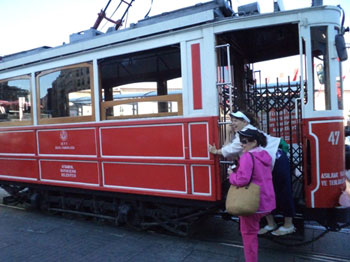 Not carried by a sedan but using the tramway running up and down Istaklal Street, I made my way on foot to the Pear Palace. The hotel was closed for nearly four years, undergoing extensive renovations but is now open again. No better place to get a feel for how people traveled in the past than sitting in the Orient Bar, enjoying a cocktail.
Not carried by a sedan but using the tramway running up and down Istaklal Street, I made my way on foot to the Pear Palace. The hotel was closed for nearly four years, undergoing extensive renovations but is now open again. No better place to get a feel for how people traveled in the past than sitting in the Orient Bar, enjoying a cocktail.